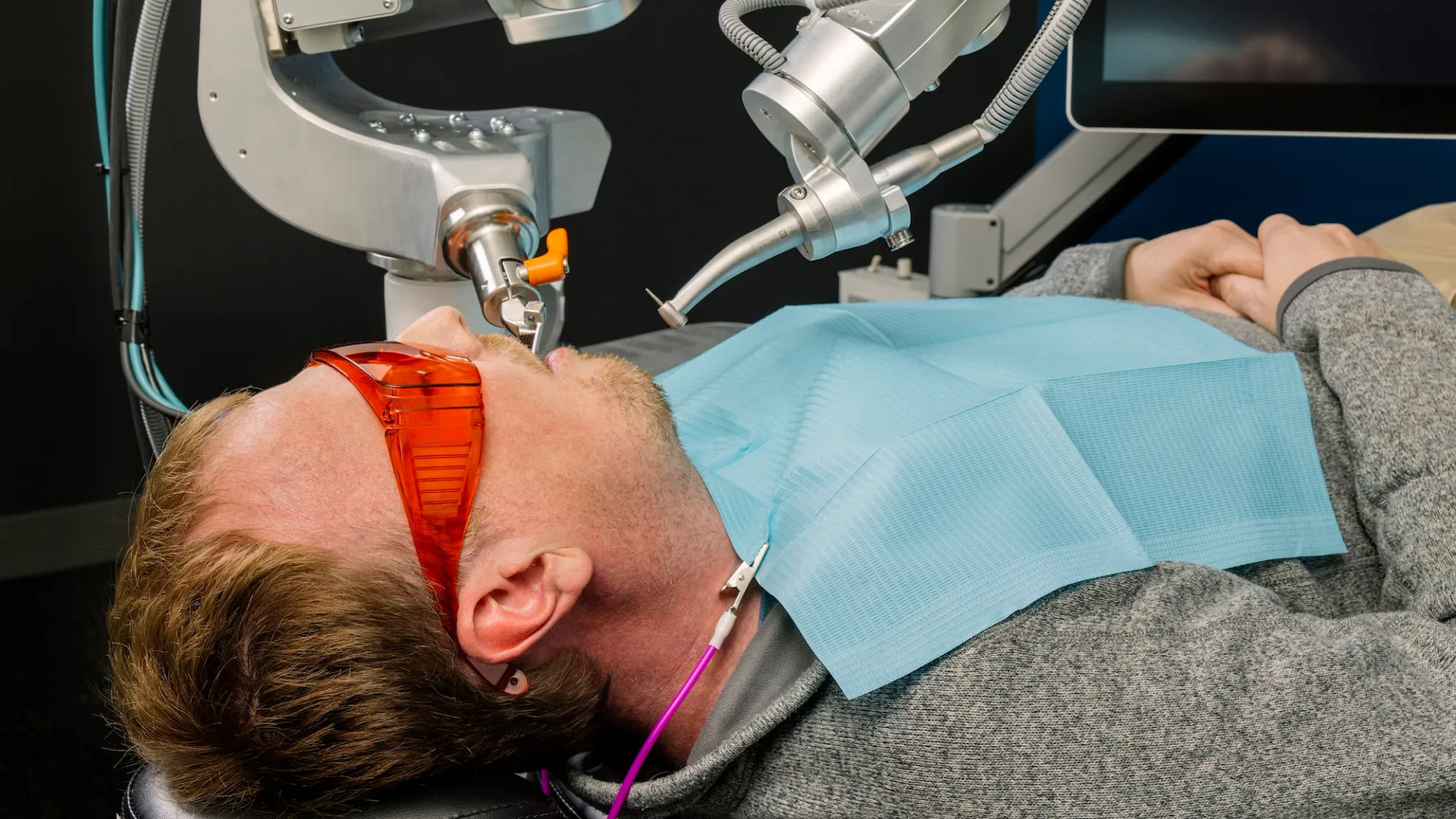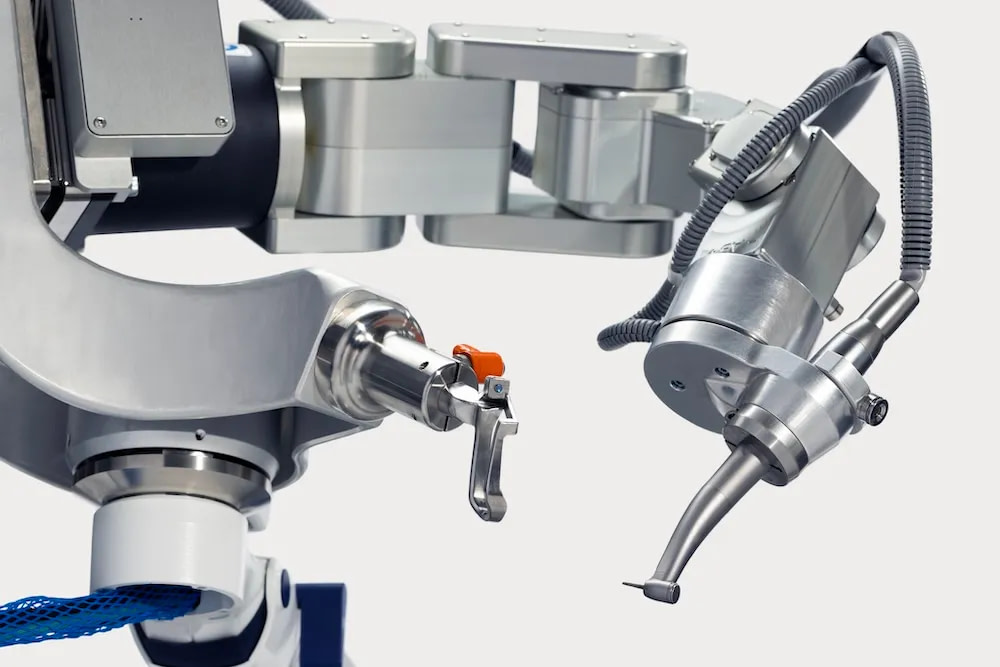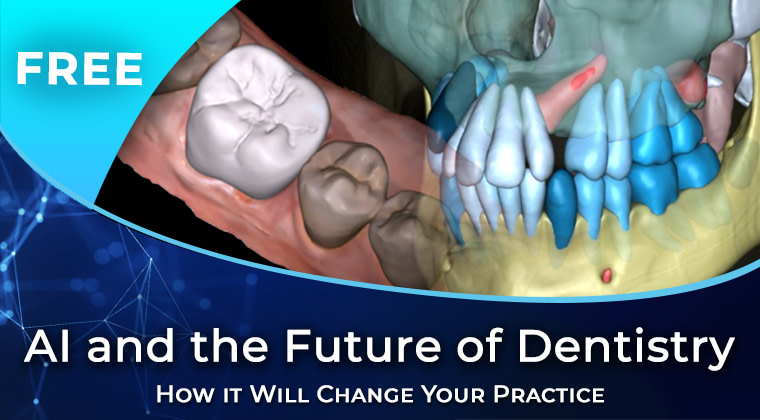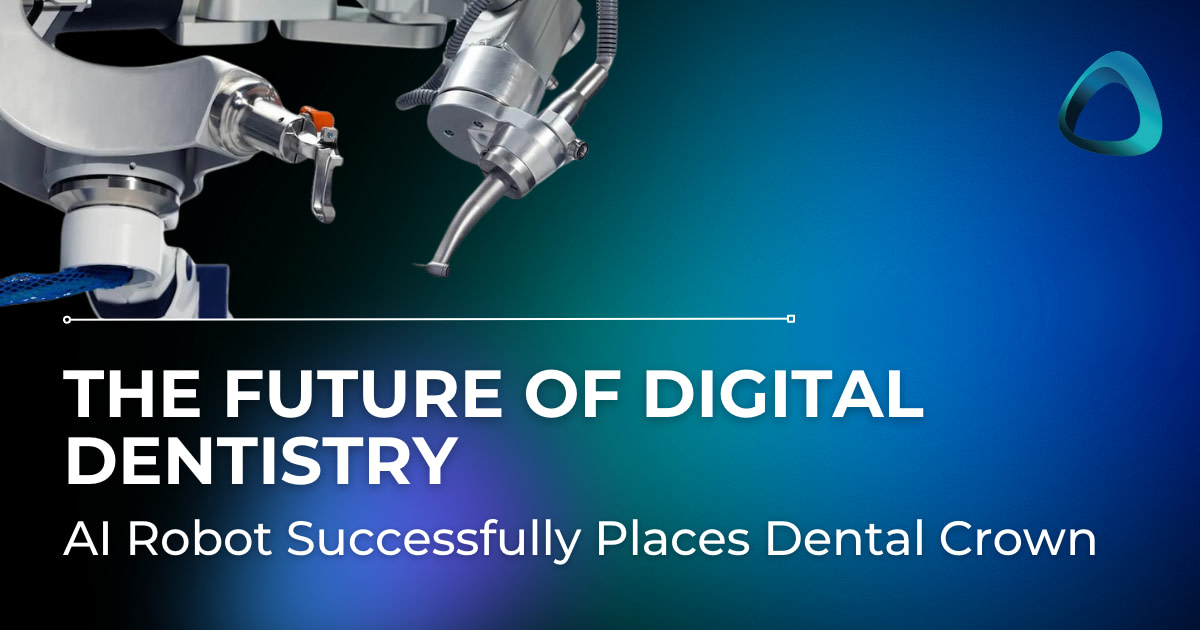In a frankly, quite crazy development that may revolutionize the field of digital dentistry in the future, the world's first fully autonomous robot-performed dental crown placement has been completed. Insane!
Something that has been joked about - robots doing dentistry - is now somewhat a reality.
This milestone event, achieved by Perceptive's AI-driven robotics system, marks a significant leap forward in integrating artificial intelligence and robotics in dental care.
More info below if you are interested.
The Procedure: Precision Meets Autonomy
Perceptive's 'robot dentist' completed a restorative procedure without any human intervention. While the specific details of the procedure aren't mentioned, the company claims their system can operate "even in the most movement-heavy conditions" with "unparalleled speed and precision."

What's truly impressive is the level of efficiency Perceptive is aiming for.
They hope their system can complete procedures such as crown placements in just 15 minutes from start to finish. Bit optimistic? Or is this the future in 20 years.
The Technology Behind the Innovation
Perceptive's system combines two key technologies:
- AI-driven 3D imaging software
- A robotic arm for performing dental procedures

Perspective's robotic arm for performing dental procedures.
This combination allows it to diagnose and execute dental procedures. The system's ability to adapt to patient movement is particularly noteworthy, as it addresses one of the critical challenges in automated dental procedures.
Want To Know More About AI in Dentistry?

Discover how AI is revolutionizing dental practice! Explore the shift to digital workflows and how AI makes the adoption of CAD/CAM easier than ever before.
Get instant access to this course for FREE now and learn about face scanning from an experienced dentist's perspective .
Perceptive: The Company Behind the Breakthrough
Perceptive, the company behind this innovation, is backed by some significant names in the tech and dental world. They've received $30 million in funding and are supported by Ed Zuckerberg, a dentist who happens to be the father of Meta's Mark Zuckerberg.
Dr. Chris Ciriello, CEO and founder of Perceptive, emphasizes the technology's potential to "democratize access to better dental care for improved patient experience and clinical outcomes."
What Does This Mean For The Dental Industry?
While this development is exciting, it's essential to approach it with a balanced perspective.
Here are some key points to consider:
Assisting, Not Replacing
The researchers behind this technology emphasize that these robots are designed to assist human dentists, not replace them. They could be useful in improving clinic efficiencies.
Early Stages
It's crucial to note that this technology is still in its infancy. Extensive testing and refinement will be necessary before it is even adopted in dental clinics.
Ethical Considerations
As with any significant technological advancement, there are ethical implications to consider.
- How will patient consent work?
- What about liability in case of errors?
Impact on Dental Education
If this technology progresses, it could significantly impact how we train future dentists. Most universities worldwide are barely keeping up with the vast changes happening in dentistry - even in the realm of intraoral scanners and 3D printers. It will be interesting to see how this is adopted.
What This Means for Your Practice
While it's unlikely that you'll install a robotic dentist in your practice anytime soon, this development underscores the rapid pace of innovation in digital dentistry.
Frankly, I just wanted to share it with you because to me, it is pretty cool.
Although you may never use a robot to carry out your treatment, it is important now more than ever to at least digitize, and for those without an intraoral scanner, that is a bare minimum, in my opinion. Also, consider how your practice might adapt to incorporate AI-assisted technologies in the future. This could involve anything from AI-powered diagnostic tools to CAD/CAM for specific procedures.
Last thoughts
The successful completion of this autonomous dental crown placement is undoubtedly a milestone in dentistry. However, it's essential to view it as part of the ongoing evolution of digital dentistry rather than an immediate disruption.
At iDD we will make sure to keep you updated with all things digital dentistry.
Remember, the goal of these innovations is to enhance, not replace, the crucial role that skilled dental professionals play in patient care.
What are your thoughts on this development?
How do you see AI and robotics shaping the future of dentistry?
We'd love to hear your perspective!

